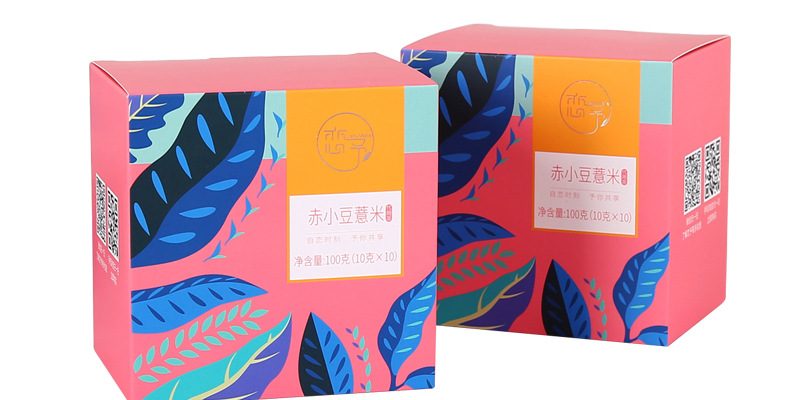In an era where environmental concerns are at the forefront of global discussions, sustainable packaging practices are gaining momentum. Cardboard, with its inherent eco-friendly attributes, is playing a pivotal role in shaping the future of packaging and shipping. Let’s explore how cardboard is driving sustainable packaging trends and reducing the overall environmental footprint.
Minimalism and Simplicity: Cardboard’s versatility allows for minimalist packaging designs that focus on functionality and aesthetics. By using cardboard as the primary material, businesses can create packaging solutions with fewer layers, reducing waste and materials usage.
Emphasis on Reusability: Sustainable packaging trends are moving towards solutions that can be reused or repurposed. Cardboard packaging, with its durability and recyclability, aligns with this trend by offering options that extend beyond a single-use lifespan.
Eco-Friendly Labels and Inks: Printing technologies are advancing to include eco-friendly labels and inks that minimize the environmental impact of packaging. Cardboard’s absorbent surface allows for the application of these sustainable printing solutions, promoting a greener approach.
Right-Sizing and Optimization: Cardboard’s customization capabilities enable businesses to right-size their packaging, reducing the need for excess void fill materials. This optimization not only minimizes waste but also lowers shipping costs and carbon emissions.
E-Commerce-Friendly Solutions: With the rise of e-commerce, packaging solutions need to withstand the challenges of long-distance shipping. Cardboard’s durability and protective qualities make it an ideal choice for products traveling through various distribution channels.
Educational Packaging: Cardboard packaging can be designed to communicate information about recycling practices and environmental responsibility. Such packaging serves as an educational tool that empowers consumers to make informed choices.
Circular Economy Integration: Cardboard’s recyclability makes it a key player in the circular economy model. By using recycled cardboard and ensuring proper recycling practices, businesses contribute to closing the loop in material use.
Consumer Preference for Sustainability: Consumer demand for sustainable products has led businesses to adopt greener packaging solutions. Cardboard aligns with this preference, providing a packaging option that resonates with environmentally-conscious consumers.
Collaborative Efforts: Sustainable packaging is a collaborative effort involving manufacturers, retailers, and consumers. Cardboard’s popularity as a sustainable material encourages collaborative initiatives that promote responsible packaging practices.
Innovation in Packaging Design: As cardboard packaging continues to evolve, innovative designs that focus on efficiency, sustainability, and user experience are emerging. These designs showcase the potential of cardboard in driving positive change in the packaging industry.
Cardboard’s role in sustainable packaging trends goes beyond its functionality as a protective material – it represents a commitment to responsible resource management, waste reduction, and environmental stewardship. As businesses and consumers embrace these trends, cardboard remains a beacon of sustainability in the world of packaging and shipping.















